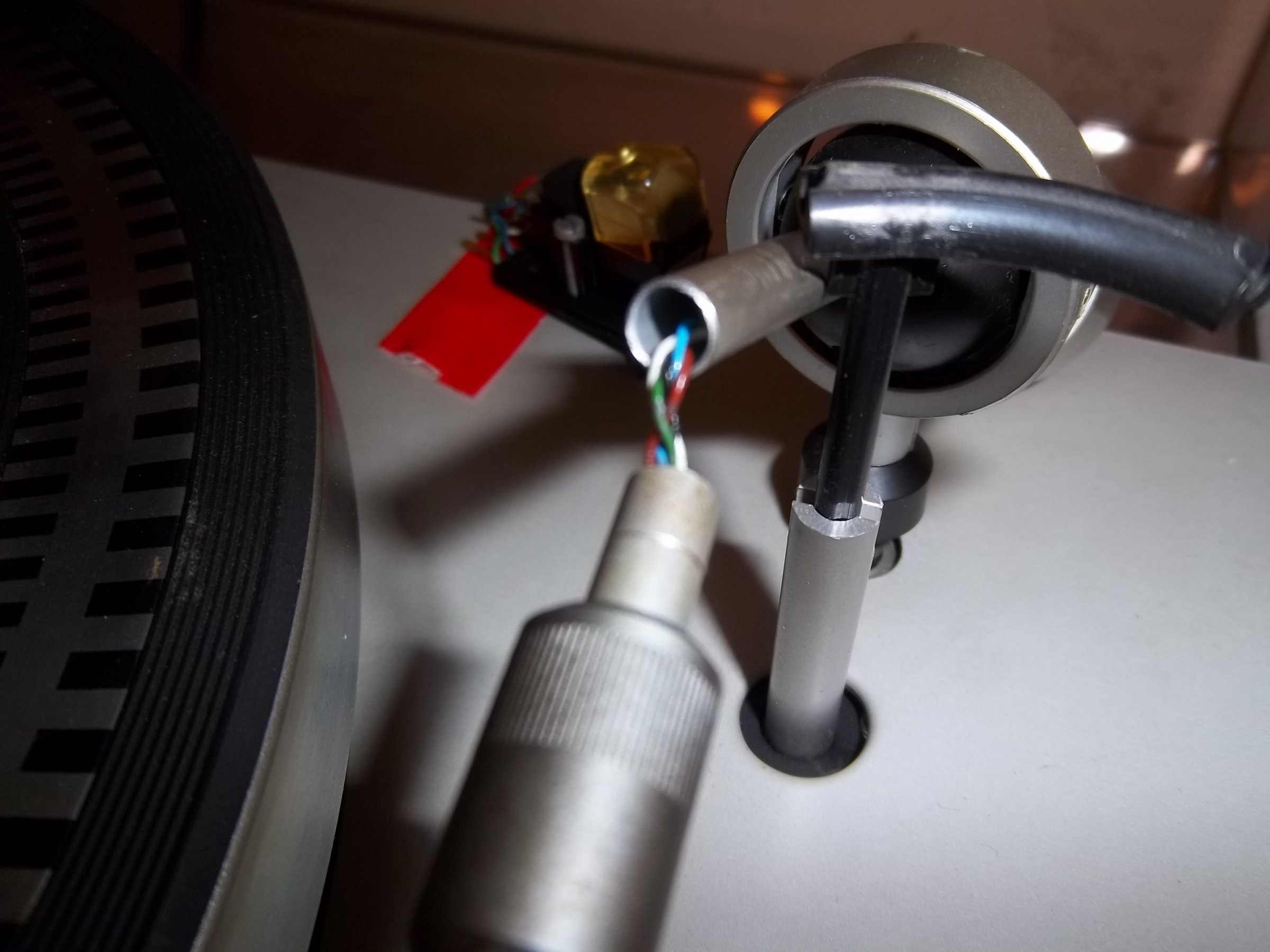- Joined
- 13 Aug 2016
- Messages
- 3
- Reaction score
- 0
- Country

Hi,
The picture below shows a snapped aluminium rod on a turntable. It is very expensive to replace so what would be the best way to make a repair job. Thanks
The picture below shows a snapped aluminium rod on a turntable. It is very expensive to replace so what would be the best way to make a repair job. Thanks

